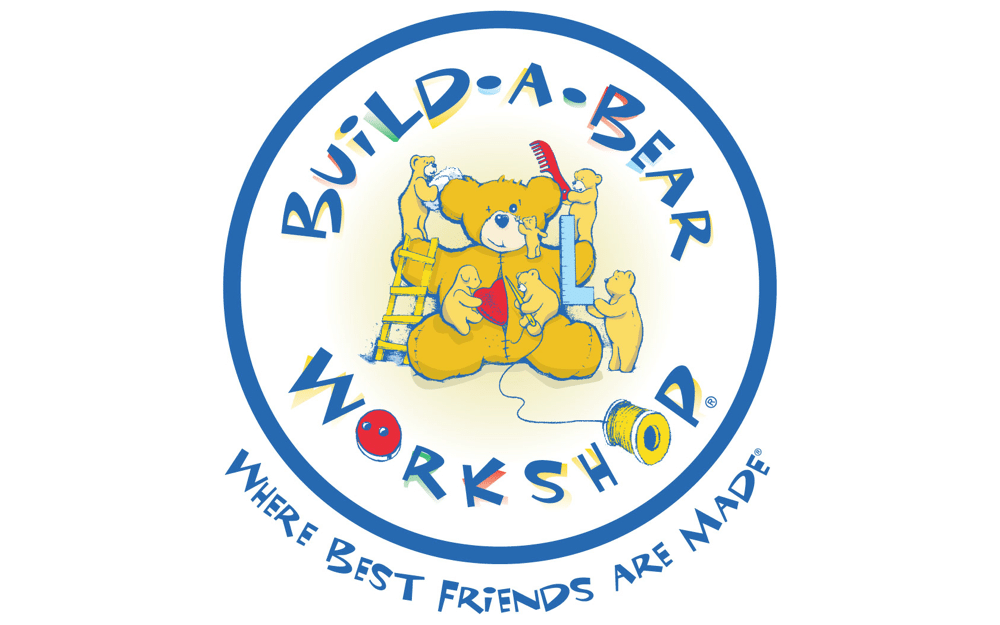by Michelle Hespe
Michelle Hespe catches up with Adrienne Weiss – a U.S. brand strategist, to talk about storytelling and her approach to branding.
Adrienne Weiss and her team are legendary in branding in the U.S. and around the world. If you have eaten a burger or a donut, bought jeans or pumped your own gas, you have probably been up close and personal with brands they have helped create or energize. Weiss’s branding prowess started when she worked for Applause and helped build the “Smurfs” into a monster global brand in dozens of industries. The Smurfs generated over $1 billion in retail revenue, and Weiss became the unofficial Smurfette, creating cosmetics based on that sweet blue vamp. This was the beginning of a solid career in branding.
As her website for the Adrienne Weiss Corporation says, “Our brand think tank develops holistic visual and verbal filters for world class brands across virtually every industry. These words and pictures are the key drivers in our vision and design of retail stores, restaurants, public spaces, products, packaging, uniforms and print. Your voice separates you from your competitors – raise the volume to cut through the white noise of the marketplaces and reach the ears, eyes and hearts of consumers.”
It’s a powerful statement and mission, and in the world of retail, nothing is more important than branding. The rest of your business revolves around your brand. Get your brand right, get it noticed and the rest will follow. People can love branding without even noticing it, and a good brand can create emotions and attachments. The loyalty to which this can lead might just direct you to your own success story.
Adrienne Weiss Corporation builds brands using three basic ideas: “First, branding is storytelling,” says Weiss. “Second, a great brand works at being a club to which people want to be a member. Thirdly, a brand is like a country with it’s own unique language, customs and rituals. Using these three principles, we create ‘genetics’ for a brand from which all creative decisions are derived. This storytelling is expressed in words and pictures that help create an emotional connection with the guest or customer.
“Being in the branding business, you quickly learn that branding is all about telling stories,” she adds. “To create a great brand, you have to articulate the story behind it. Getting that story across to people is more important than how you say it. We create those emotional stories and that story is used across all types of media. But it’s not about the type of media, it’s all about the message.”
With the rapid rise of social media and the increasing amount of technology in people’s lives, branding is more important than ever. “When the giant shift to technology happened, everything became even more personal,” says Weiss. “It’s now all about bigger messages chunked down into smaller pieces. God is in the details, so you must speak to the customer in smaller more intimate ways.”
“Today in business, we now get feedback faster and more directly,” she explains, “and that’s only good news for any business, as now you don’t need to do a hundred focus groups and surveys to get the information you need on what is happening out there. It all comes to you, through social media.”
An impressive example of creating a profound emotional connection with customers is Build-A-Bear Workshop (BABW). “This year, they will have sold over 100 million teddy bears, and now there are 300 outlets,” Weiss says with pride. But it’s not just about teddy bears – BABW is about an emotional experience created by storytelling in a retail space. It’s about branding.
“Their brand story is ‘Where best friends are made’,” explains Weiss. “Friendship is a timeless and universal idea, something that can connect people. A brand must find its bigger voice. We put every aspect of the experience through the creative filter including the name, uniforms, fixtures, facade and packaging. Everything matters!”
The Build-A-Bear Workshops have integrated technology in the same emotional way that helped create their success. There is a Love Me station in the stores, where a guest uses a touch screen to choose and insert the emotional qualities they want in their bear’s heart. For example: generous, silly, smart, geeky. The owner chooses how they want their new friend to be. These qualities show up on the birth certificate that is issued for your new friend. “It’s all about emotion, emotion, emotion,” says Weiss.
Another great example of Weiss’s approach coming to life in a recent project is LYFE (Love Your Food Everyday) kitchen.
“We created the name and branding for this new restaurant chain that is a great example of a brand telling an emotional story that connects with the culture,” says Weiss. LYFE Kitchen is the brainchild of Mike Roberts, former president of McDonald’s. It is a fast, casual restaurant where chefs have created great tasting meals that have no more than 600 calories. The meals are also low in sodium, and there are gluten-free, vegan and vegetarian menus.
“This brand is more than just good food,” says Weiss. “They are on a mission to help Americans make the shift to wellness, through food. This brand is so in sync with current culture.”
Weiss believes in instinct. Her’s and the clients’. “We first ask ourselves how we feel about the story,” she says. “If it can’t move us, it probably won’t move the consumer. Then we ask our clients to do a gut check about the story. Brands are human stories about needs and wants and dreams, nothing more, nothing less. That’s what creates connections.”
So the next time you indulge in a Baskin-Robbins ice cream or eat lunch at a Corner Bakery Cafe and read the suggestion “you knead it,” remember that somewhere in Chicago, there is a think tank working hard to make life a little more emotional, connecting you with something larger.



